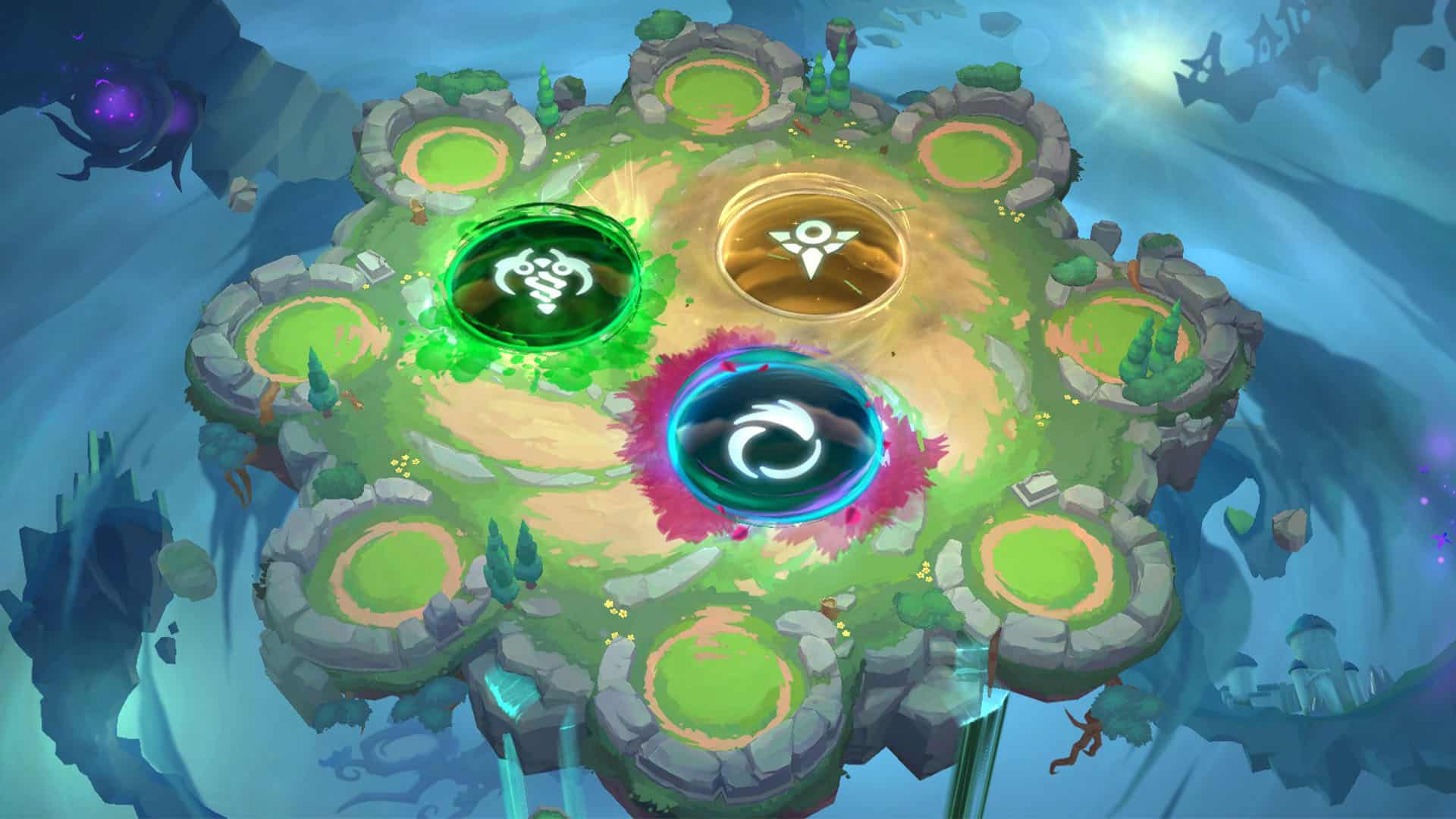
Players of Team Fight Tactics (TFT) are delving into one of the game’s most contentious strategies: the strategy of dividing gold, known colloquially as a “game of chicken.” In this critical choice, players weigh the risk of going all-in with the gamble option against the safety of a more cautious approach. A recent Reddit thread discussion sheds light on how players view this strategy, considering both its advantages and potential drawbacks when dividing gold at a pivotal point in the game. The opinions expressed are diverse, but a willingness to take risks appears to be a shared sentiment among many players.
Summary
- The sentiment around splitting gold is overwhelmingly in favor of taking risks, with many players advocating for the gamble option.
- Players believe that the fear of one person monopolizing the gold outweighs the benefits of playing it safe.
- Several users argue that the math supports splitting as a viable strategy, even if it results in lower individual gains.
- The conversation highlights the social dynamics of TFT where cooperation and collective risk can greatly affect game outcomes.
The Bold Move: Embracing the Gamble
In Team Fight Tactics, the concept of taking risks is more than just a tactic; it’s a point of pride for many players. Phrases like “Always gamble. If not because you might win, then to make sure nobody does” really capture this spirit. Players find excitement in discarding caution, simply to disrupt their opponents. When asked why they embrace such risks, the response is often that it’s not solely about winning, but also about denying success to others. So, what exactly is the real risk? It depends on perspective—some players thrive on the thrill of gambling, while others shudder at the thought of losing their valuable resources in a game where every single gold piece matters.
The Math Behind the Madness
As a gamer, I’ve found myself deep in thought about the math behind dividing up gold in our game. It’s a topic that’s sparked countless debates among us players. A fellow gamer, Careless-Sense-82, has shed some light on this, explaining that the odds of being the only one to split gold in a lobby are pretty much nonexistent. They reason that even if just one player chooses the ‘gain’ option, the gold distribution usually becomes more balanced, reducing their advantage. For us math whizzes, it boils down to understanding that with 8 players, if a few decide to split, the impact of monopolizing gold lessens significantly. This insight has led many experienced gamers to believe that, over time, splitting resources results in better long-term outcomes than hoarding them. It’s a fascinating concept, layered with the complexities of collective player behavior and the unpredictability of opponents’ choices.
The Community Dynamics: Flying Together or Alone?
One intriguing insight from the conversation revolves around how the dynamics in a community influence risk-taking actions among participants. Often, individuals admit to adopting more daring tactics after noticing trends within their groups. To illustrate, Azubedo shared an example: “I accumulated a 50 stack for myself because no one wanted to split,” which demonstrates both confidence and the influence of social proof – when players notice others avoiding the gamble, it provides a sense of security in opting for the unconventional. The decision to split becomes a calculated risk based on what everyone else is doing. Consequently, participants bear not only the responsibility of their own strategy but also the impact of their peers’ decisions, setting up a distinctive social experiment within each game.
Finding the Balance Between Short-term Gains and Long-term Strategy
As a passionate player, I’ve learned that while thrilling maneuvers offer instant gratification, it’s equally important to weigh short-term advantages against long-term strategies. Occasionally, choosing the gold ‘boost’ can be strategic, particularly when you’re in need of an immediate edge for a crucial roll. However, this choice isn’t without consequences. Experienced players often ponder their decisions, recognizing that being too conservative with gold might hinder long-term progress—a lesson MurrayMaster777 articulately expressed by stating that statistically, splitting gold would suggest taking 13 gold is the correct choice in such situations. This insight underscores a broader principle: while quick wins can be tempting, comprehending the far-reaching effects of our decisions is vital for progress and maintaining a strong position.
As a dedicated fan, I can’t help but marvel at the electrifying allure of splitting gold in Team Fight Tactics. It’s as if each move we make is a hand dealt in poker – a test of courage, a gamble that sets our hearts racing. The tension is palpable, the stakes are high, and yet, the thrill of taking calculated risks seems to be the lifeblood of this game, fueling its competitive spirit and fostering a vibrant community.
The triumphant roars that echo when a risk pays off are a testament to the adrenaline-pumping moments we share. And in those moments when we stumble, when luck doesn’t favor us, there’s a sense of camaraderie that binds us closer together. In the whimsical and unpredictable realm of TFT, knowing when to take that daring leap can be transformative, shaping victories that resonate long after the match has ended, much like a captivating story waiting to unfold in the next round.
Read More
- 50 Goal Sound ID Codes for Blue Lock Rivals
- Quarantine Zone: The Last Check Beginner’s Guide
- 50 Ankle Break & Score Sound ID Codes for Basketball Zero
- Ultimate Myth Idle RPG Tier List & Reroll Guide
- Lucky Offense Tier List & Reroll Guide
- Mirren Star Legends Tier List [Global Release] (May 2025)
- Every House Available In Tainted Grail: The Fall Of Avalon
- How to use a Modifier in Wuthering Waves
- Should You Save Vidar Or Give Him To The Children Of Morrigan In Tainted Grail: The Fall Of Avalon?
- Basketball Zero Boombox & Music ID Codes – Roblox
2025-04-20 11:50